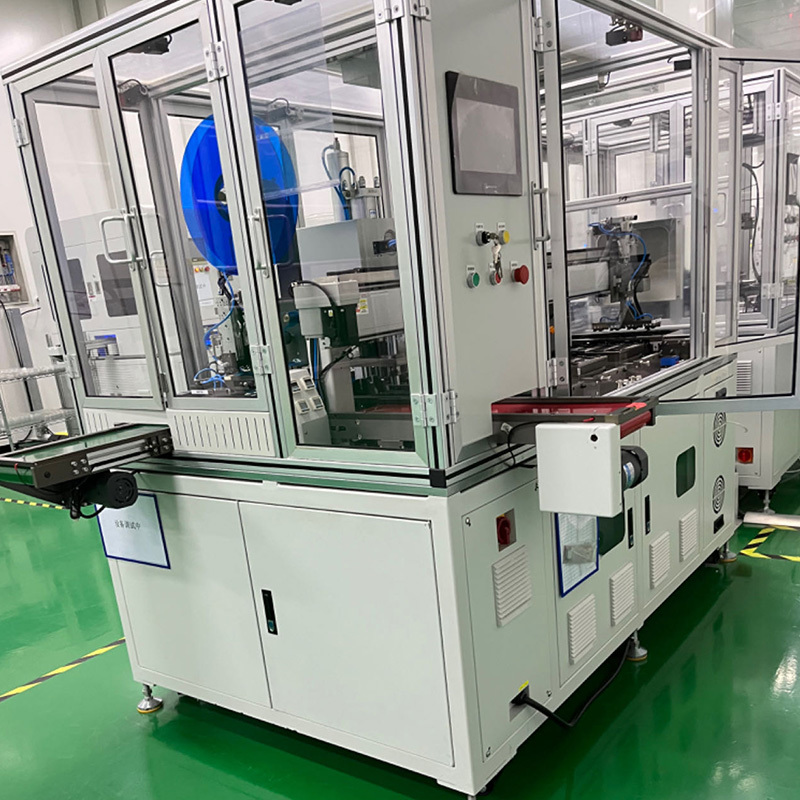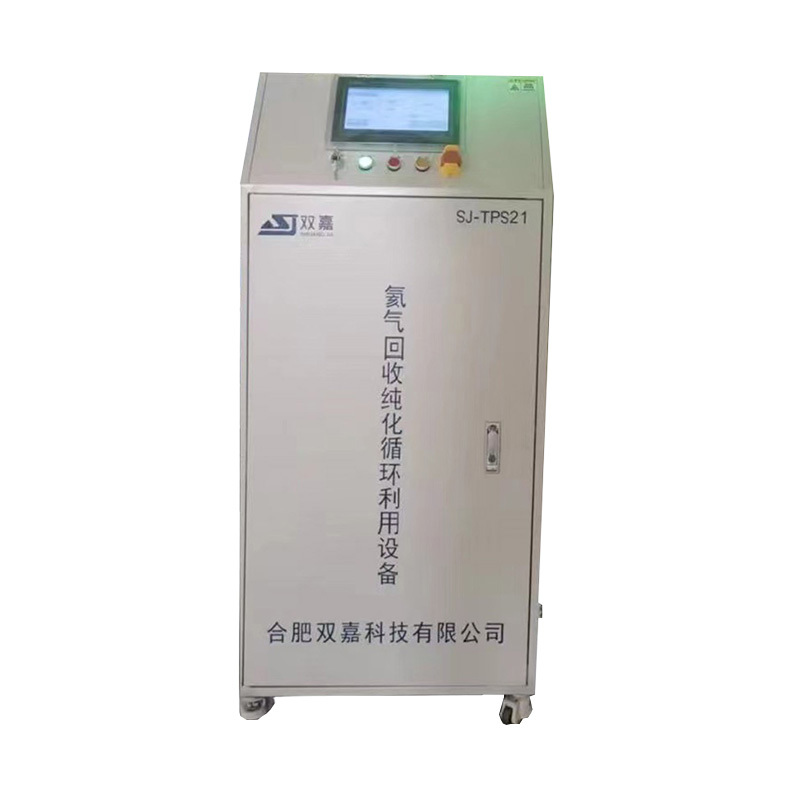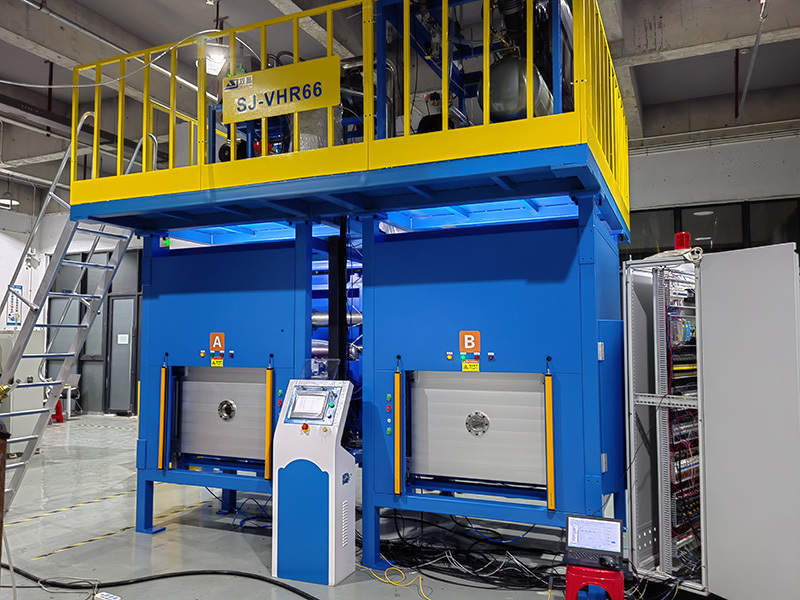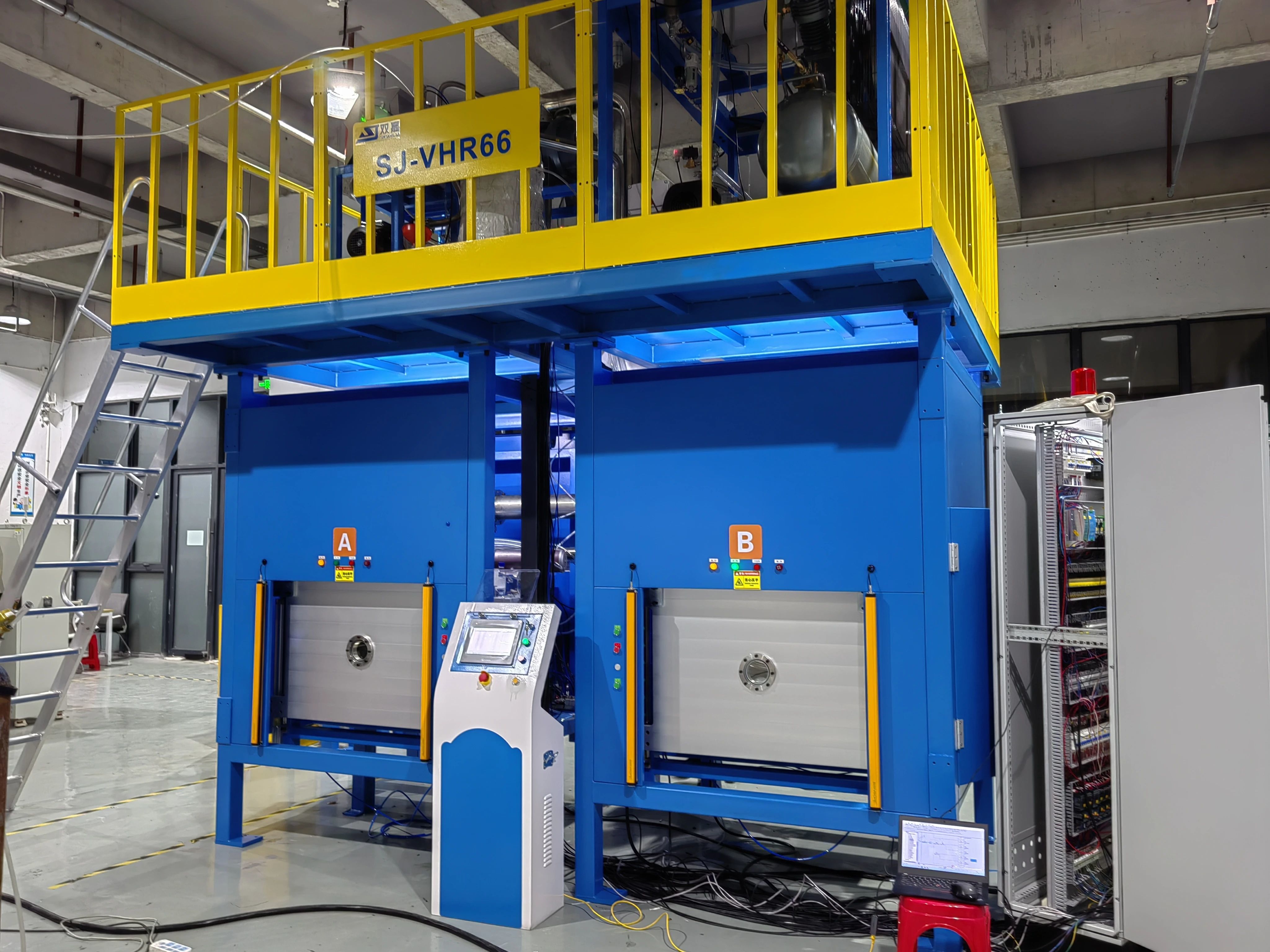Information Details
Application scope of gas purification equipment
Helium is primarily used in medical, military, refrigeration, semiconductor, pipeline leak detection, high-precision welding, metal manufacturing, deep-sea diving, optoelectronic product production, balloon carrying, scientific research, and military fields. The following section analyzes helium resource users in conjunction with the main applications of helium resources.
Release time:
2025-03-10
Application Range of Gas Purification Equipment
Helium is mainly used in the fields of medical treatment, military industry, refrigeration, semiconductors, pipeline leak detection, high-precision welding, metal manufacturing, deep-sea diving, optoelectronic product production, balloon carrying, scientific research, and military applications. The following analyzes helium resource users in combination with the main applications of helium resources.
(1) Nuclear Magnetic Resonance (Low-Temperature Superconductivity) Field
Nuclear magnetic resonance imaging (MRI) instruments use low-temperature superconducting magnet technology and require liquid helium for cooling. According to statistics, nuclear magnetic resonance imaging instruments account for 34% of global helium consumption and are an end-use industry. Although the demand for nuclear magnetic resonance imaging instruments is decreasing in developed countries, the demand in developing countries is still growing strongly, thus maintaining a strong demand for liquid helium.
(2) Refrigeration (Household Appliances) Field
Helium is mainly used for leak detection in condensers, evaporators, and pipeline systems.
(3) Semiconductor and Fiber Optics Field
Helium is mainly used as a protective gas in the semiconductor industry for growing germanium and silicon crystals, and as a cooling and protective atmosphere gas in the production of optical fiber preforms and the drawing of optical fibers.
Custom Nitrogen Purification Equipment
(4) Welding Shielding Gas
Applications: When some metals are heated or melted, in order to prevent them from reacting with oxygen and nitrogen in the atmosphere, they must be protected by an inert atmosphere. A large amount of helium is consumed in metal welding processing. In tungsten inert gas (TIG) welding with inert gas protection, the unfused tungsten electrode, the incandescent metal filler, and the welding area must be protected by continuous helium or a helium-argon mixture. The gas mixture used for protective welding can be prepared with helium and argon in different proportions. Depending on the welding process, the welding wire, and the base material being welded, the composition of the mixed gas can vary. Typically, the helium content in the helium-argon mixture is 15%-70%.
(5) Cryogenic Engineering Field
Applications: Due to helium's chemical inertness and extremely low liquefaction point, it exhibits near-ideal gas behavior at all temperatures except for extremely low temperatures. Its high heat capacity per unit mass, low viscosity, and high thermal conductivity make it commonly used as the working medium in closed-cycle cryogenic refrigerators, the coolant for low-temperature superconducting magnets and superconducting cavities in national major scientific projects, and in scientific research experiments in universities and colleges.
(6) Aerospace Field
Applications: In rocket and spacecraft fuel systems, helium is used to purge cryogenic fuel and oxidizer tanks, and to pressurize the space above the liquid level in cryogenic tanks, providing pressure for the direct delivery of liquid hydrogen and liquid oxygen or simply providing positive net suction pressure to the liquid pump. Helium is often used as a working medium in pneumatic control systems. Before rocket launch, low-temperature helium has been used to pre-cool the first-stage liquid hydrogen rocket engine to obtain high propulsion efficiency in the first few minutes of ignition. Liquid helium is also widely used in low-temperature radiation detectors and other specialized instruments used in space exploration programs.
(7) Balloon Carrying (Airships)
Applications: Filling gas for civil or military airships, blimps, and balloons.
(8) Automotive Manufacturing Field
Applications: Helium is used in automobile airbags, in leak detection of automobile aluminum alloy wheel hubs, in leak detection of automobile air conditioning evaporators, compressors, and condensers, and in laser welding of automobile frames.
(9) Others Fields
Physiological medical treatment, nuclear reactors, electro-optic sources, metallurgy and metal processing processes, analytical test carrier gases, etc. This part of the gas is generally not recycled.
Previous Page
Next Page
Previous Page
Next Page
Latest Blog







